Project Name
The Danish National Maritime MuseumPosted in
CulturalArchitecture Practice
Bjarke Ingels Group| Detailed Information | |||||
|---|---|---|---|---|---|
| Project Name | The Danish National Maritime Museum | Posted in | Cultural | Architecture Practice | Bjarke Ingels Group |
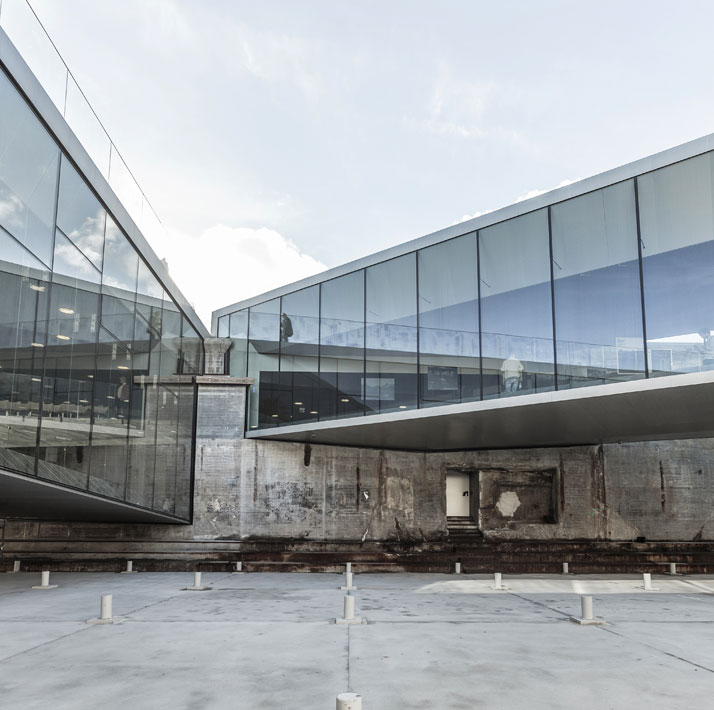
photo © Rasmus Hjortshoj.

photo © Rasmus Hjortshoj.
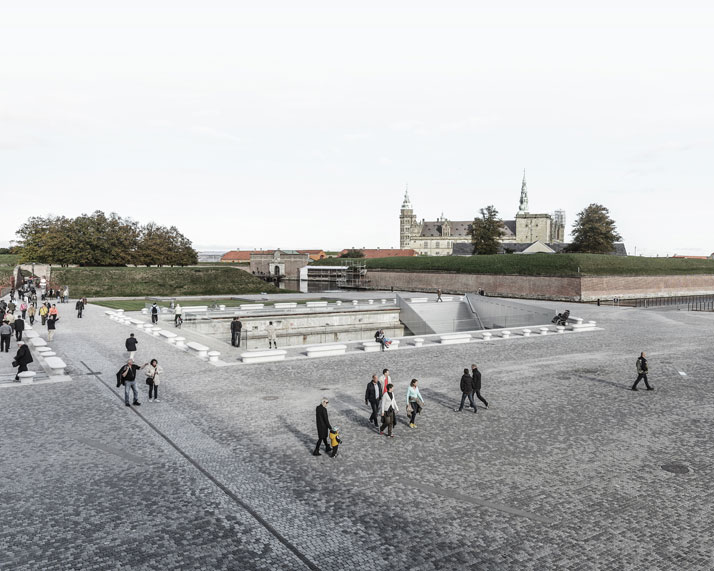
photo © Rasmus Hjortshoj.
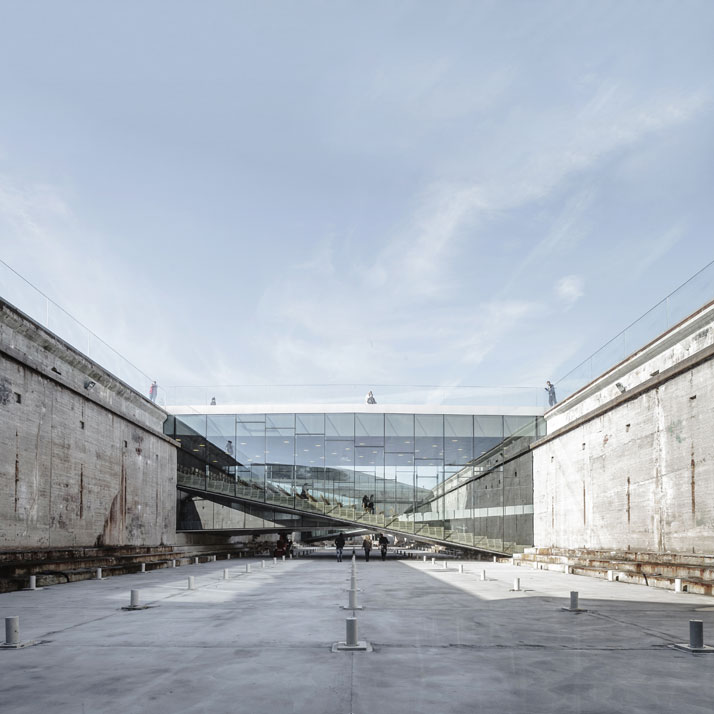
photo © Rasmus Hjortshoj.

photo © Dragør Luftfoto.

photo © Rasmus Hjortshoj.

photo © Rasmus Hjortshoj.
The museum has been created to showcase the Danes’ historical relationship with the sea. From fishing and exploration to commerce and its military navy, visitors view the nation’s maritime activities as they pass through a winding, linear space that exhibits the adventures, dangers and exciting journeys of Denmark’s seafarers. In placing the galleries around the aforementioned dry dock, the dock itself becomes the museum’s centrepiece, thus enabling visitors to experience the scale of ship building. Other elements such as curving flights of stairs, floating constructions and the fact that all the floors in the galleries are gently sloped, reflect both the experience and imagery of travelling at sea.

photo © Rasmus Hjortshoj.
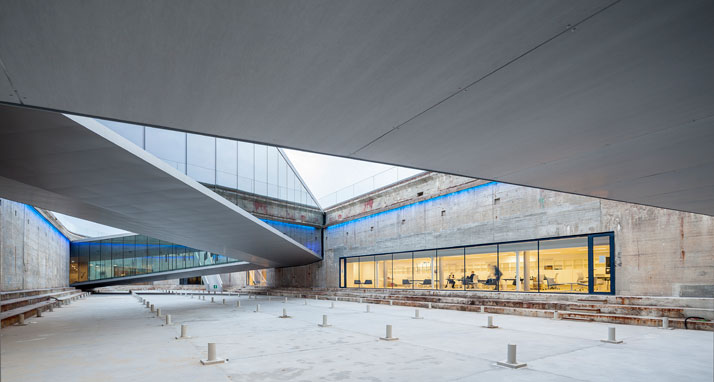
photo © Luca Santiago Mora.
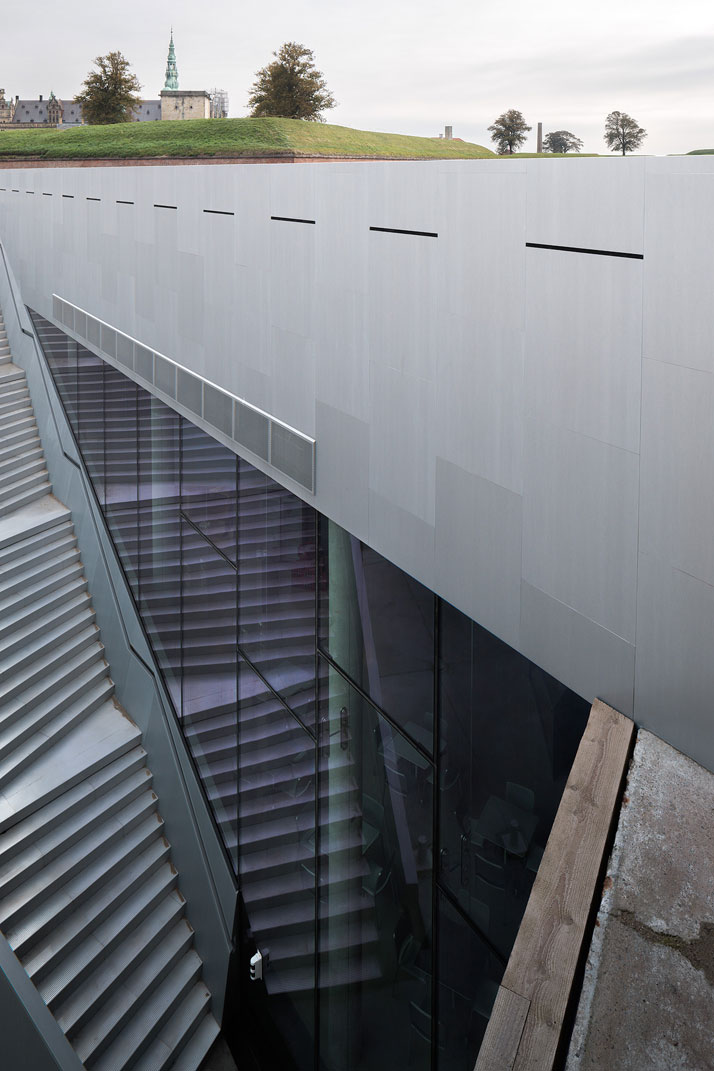
photo © George Messaritakis.

photo © Luca Santiago Mora.
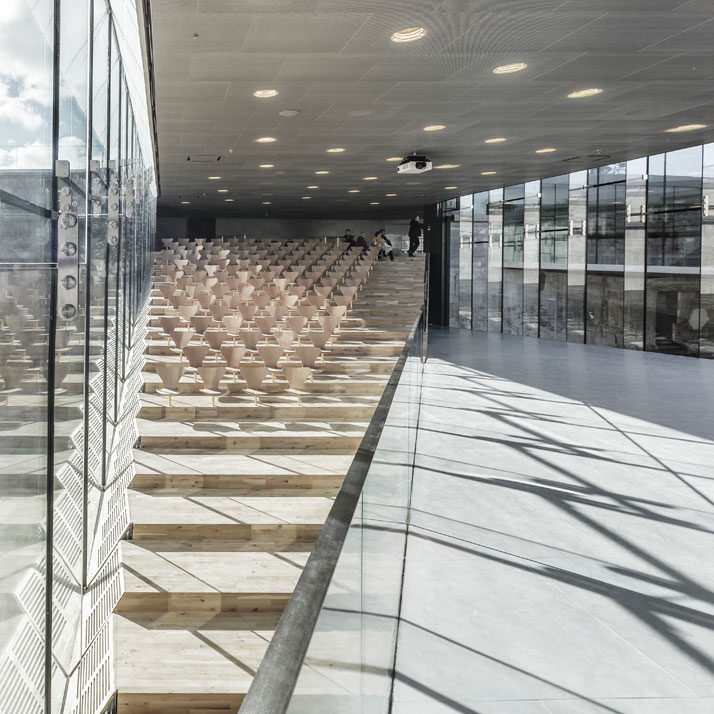
photo © Rasmus Hjortshoj.

photo © Luca Santiago Mora.
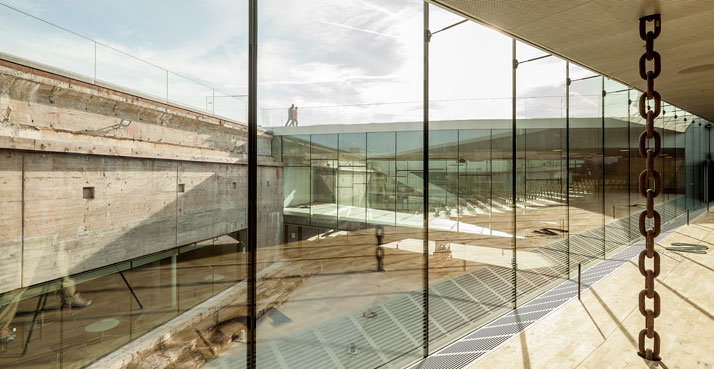
photo © Luca Santiago Mora.
Other striking features within the museum include the cafe located at the one end of the courtyard (featuring a dramatic outdoor stairway leading down to it) as well as a stunning auditorium that occupies the very heart of the whole complex. Symbolising transparency and the importance of public gatherings (a concept at the very core of BIG studio’s working ethos), the auditorium has a somewhat unconventional structural layout, as it sits on two intersecting slates that diagonally cut into each other, forming an X shape.
Part of a broader initiative to attract the general public into the Helsingør port area, the Danish National Maritime Museum integrates gracefully into the area’s master plan in a multitude of ways where its bridges connect neighbouring buildings, its south-eastern bridge extends into a harbour promenade and the ground level around the museum is an open plaza, with public seating lined up across its southern side. Inspired by the shape of ship bollards, the granite seats in the open plaza designed by KiBiSi also offer a playful element of public intervention: their arrangement of dots and dashes contains a secret message in Morse code, just waiting to be deciphered by urban explorers visiting the museum.

photo © George Messaritakis.
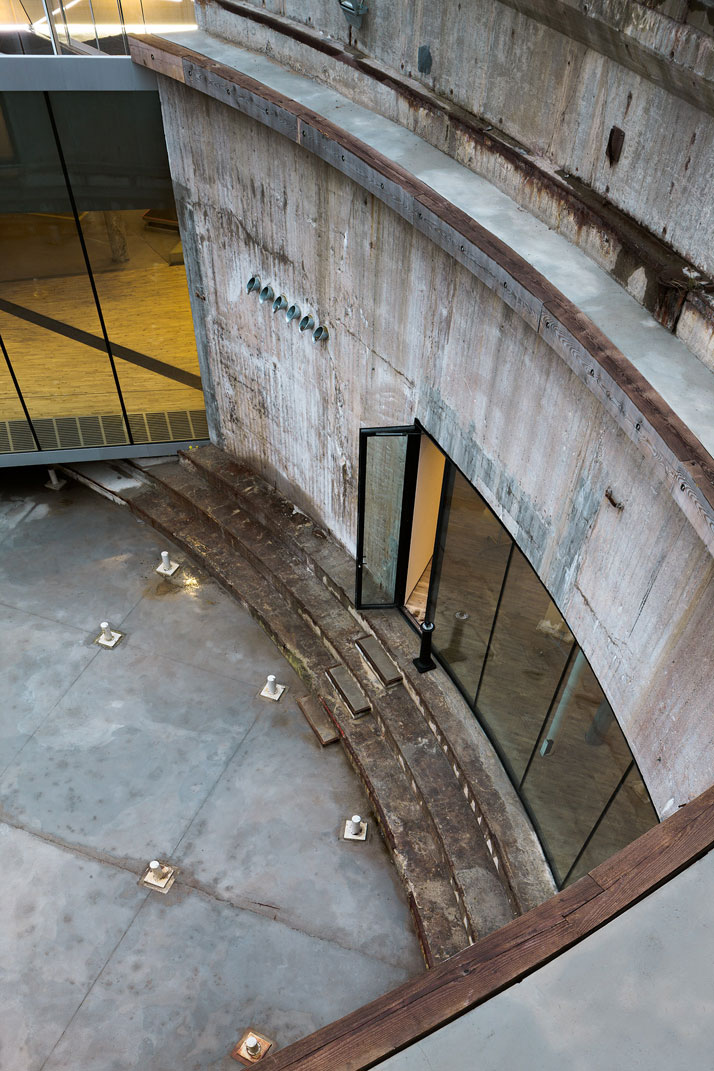
photo © George Messaritakis.

photo © Luca Santiago Mora.

photo © George Messaritakis.

photo © George Messaritakis.
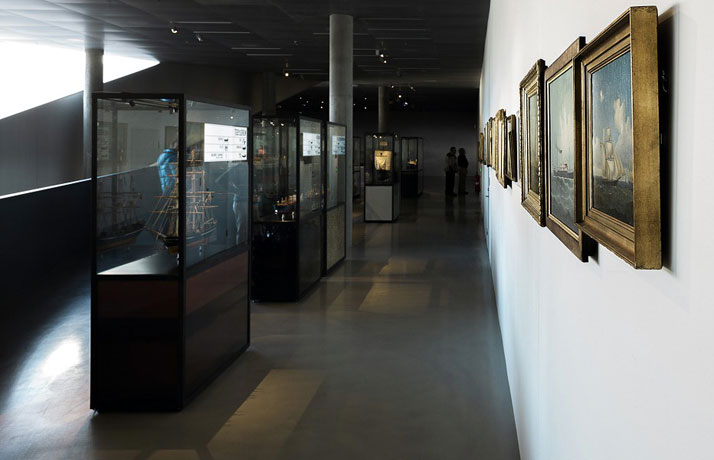
photo © George Messaritakis.
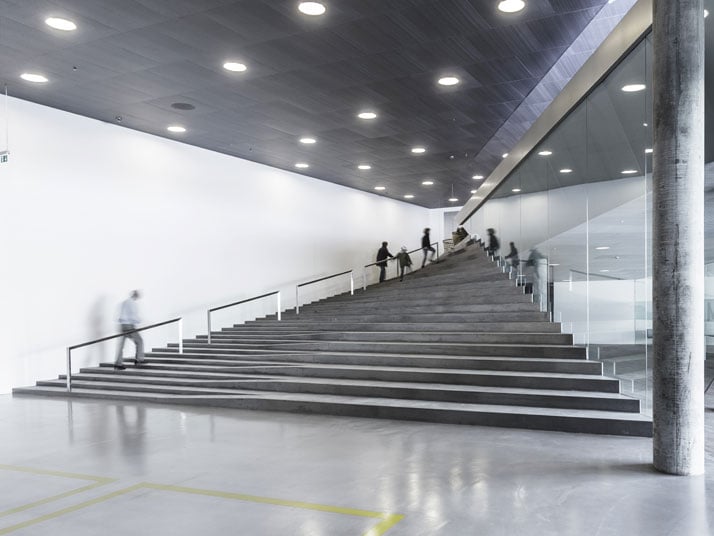
photo © Rasmus Hjortshoj.

photo © Thijs Wolzak.

photo © George Messaritakis.
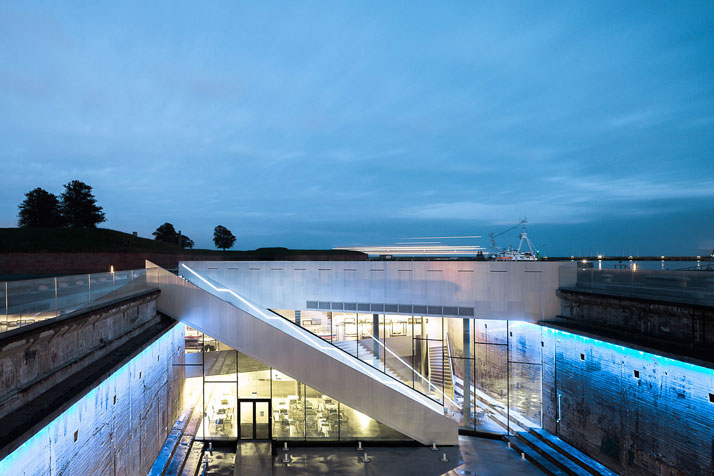
photo © George Messaritakis.
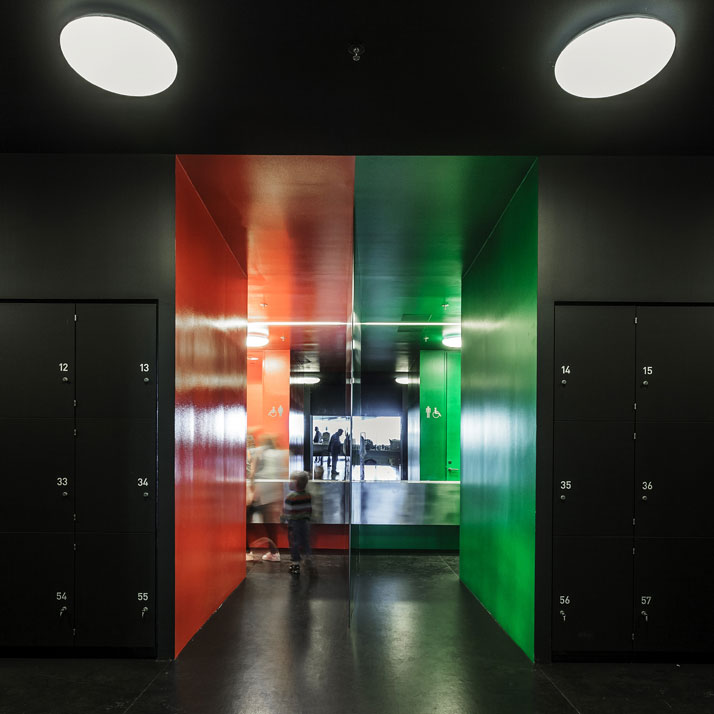
photo © Rasmus Hjortshoj.
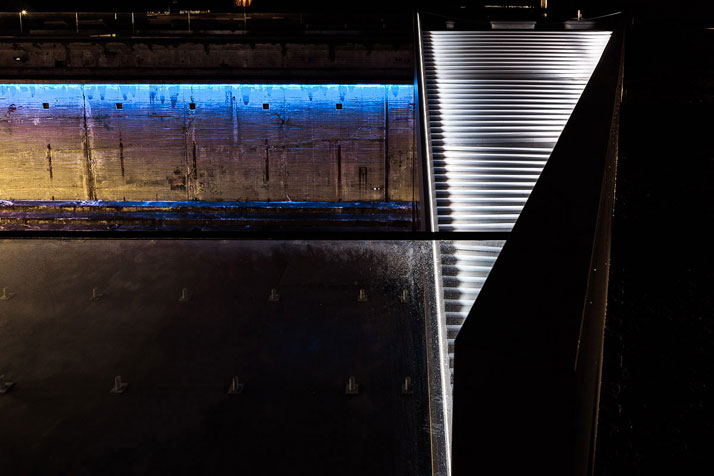
photo © George Messaritakis.

photo © Luca Santiago Mora.
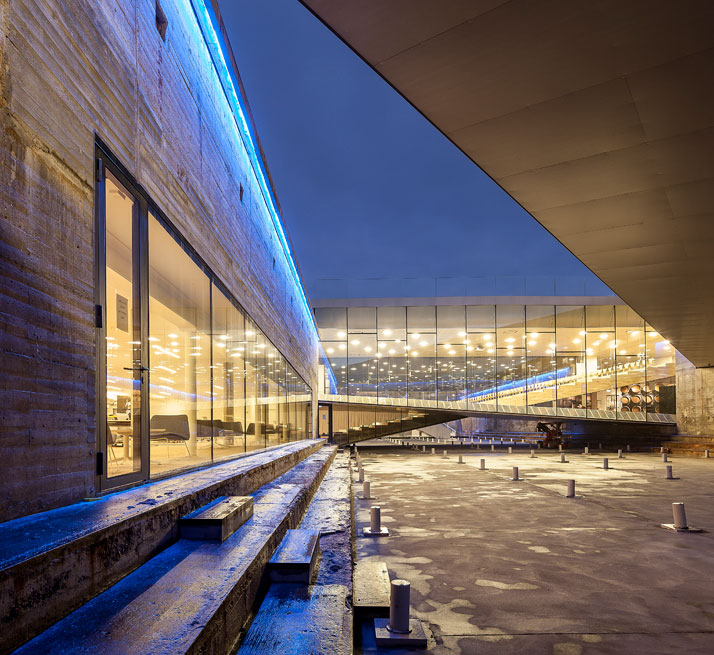
photo © Luca Santiago Mora.

photo © Luca Santiago Mora.















